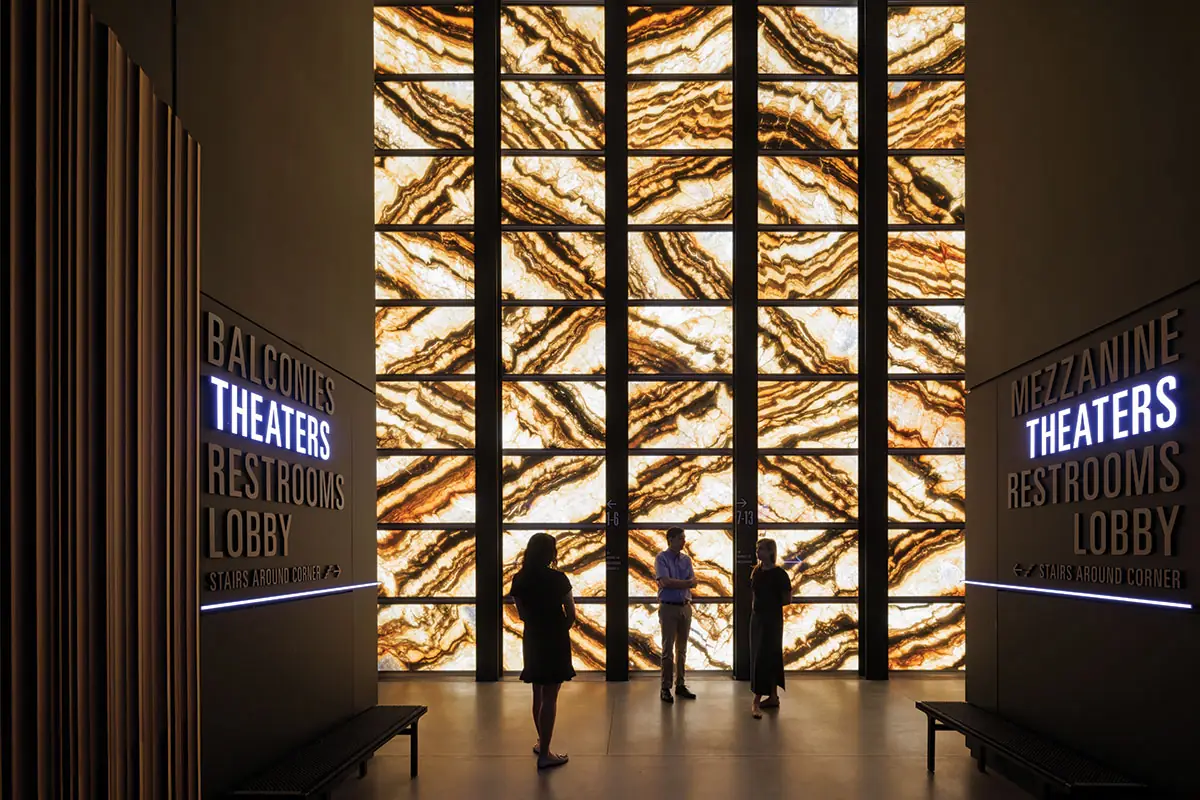Flexibility Takes Center Stage at REX’s Perelman Center | Architectural Record

In 2003, in the essay “Delirious No More,” Rem Koolhaas cast the planned rebuilding of the World Trade Center as a death knell for the feverish experimentalism he had so enthusiastically chronicled 25 years earlier in Delirious New York. In the gargantuan scale and literal symbolism of Daniel Libeskind’s competition-winning rebuilding scheme—in essence, voids on the sites of the old towers and a perimeter of new towers culminating at 1,776 feet—monumentalization took the place of imagination. Vast sums of public money bought a decades-long series of ribbon-cuttings, and commerce made its return—not organically, as a new beginning for the site, but opportunistically, in the form of a high-end mall and kiosks around the memorial that peddle official 9/11 Museum–themed merchandise. Even as Lower Manhattan, far from being deserted, grew into a lively residential area, Ground Zero remained an artificial zone of granite and marble. “New York,” Koolhaas had warned, “will be marked by a massive representation of hurt that projects only the overbearing self-pity of the powerful.”
Source: Flexibility Takes Center Stage at REX’s Perelman Center | Architectural Record